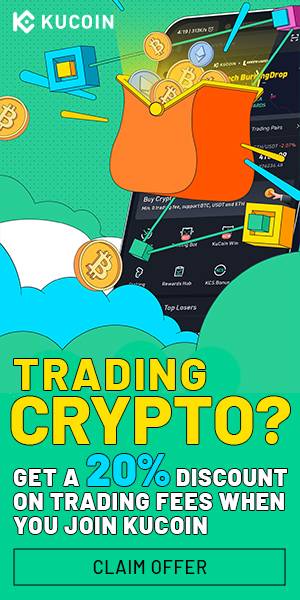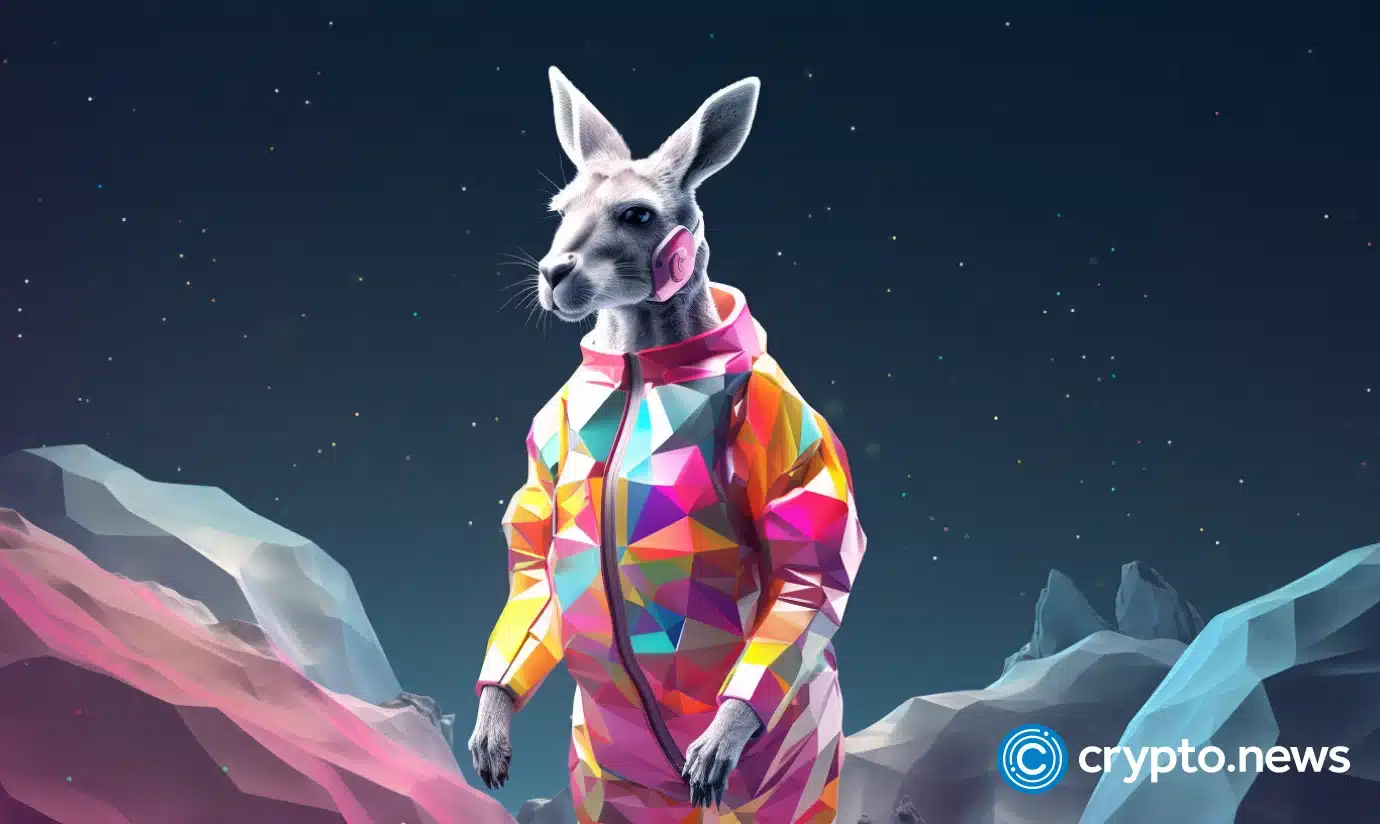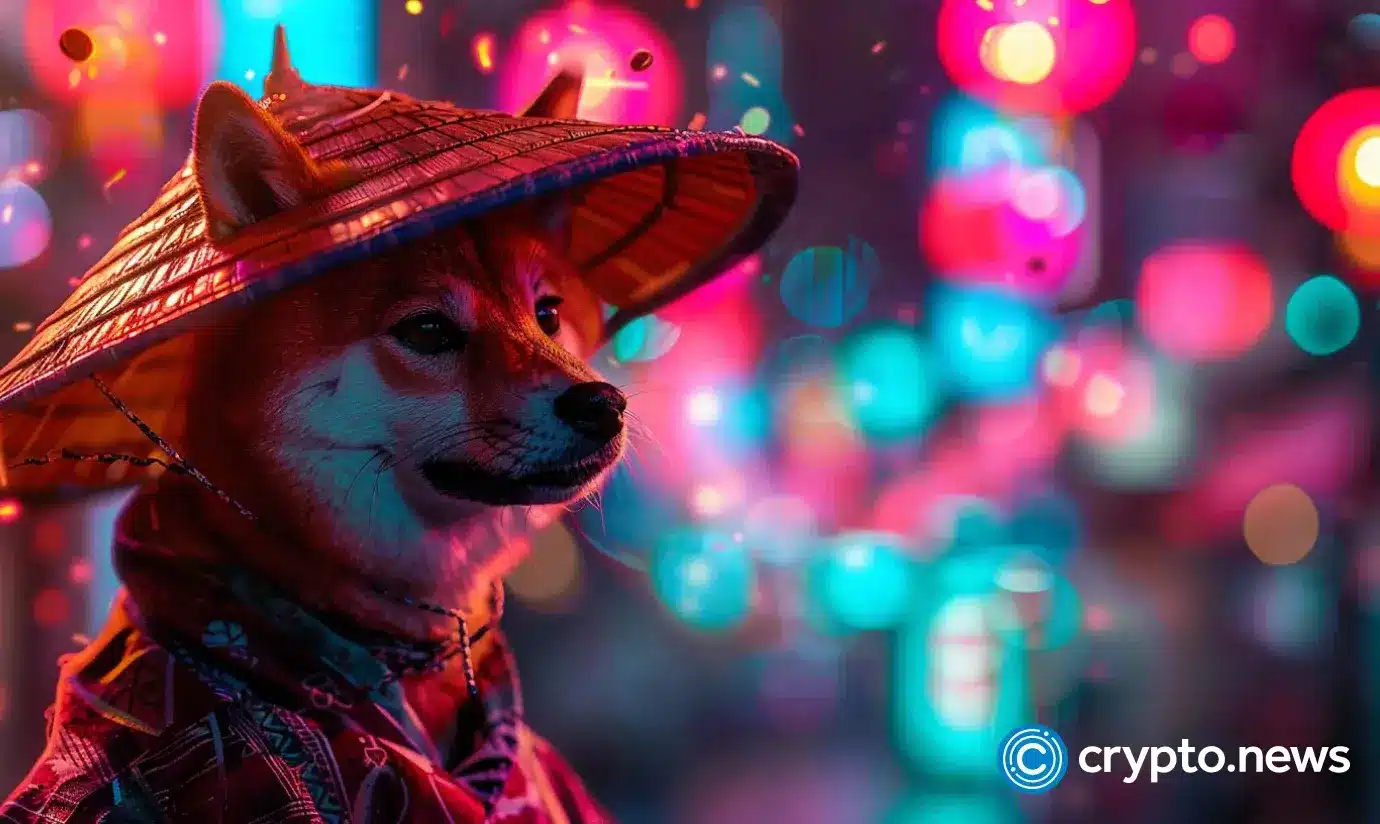The synergy between NFTs and DApps creates a dynamic ecosystem where digital ownership, decentralized finance and programmable assets converge, offering innovative solutions across various industries.
Intersection of NFTs and DApps
Decentralized applications (DApps) and nonfungible tokens (NFTs) are two important components of the blockchain and cryptocurrency ecosystems. Despite their disparate functions, there are several instances in which they coincide and enhance one another.
For instance, NFTs can be used in DApps to signify ownership or access privileges for both real and digital assets. DApps can tokenize unique goods, such as in-game assets, digital art or real estate, by utilizing NFT standards such as ERC-721 or ERC-1155.
NFTs are frequently used to represent in-game assets in gaming DApps. These assets are tradeable and buyable on secondary markets, which improves the idea of genuine ownership and compatibility across many virtual worlds or games.
Moreover, DApps built specifically to create, manage and trade digital valuables have become popular due to the rise of NFTs. Tokenizing their creations allows artists and content creators to produce one-of-a-kind digital assets that consumers can purchase, sell and own. This has given creators new opportunities to interact directly with their audience while providing collectors with a safe and verifiable method of obtaining digital asset ownership.
The programmable nature of smart contracts reinforces the convergence between DApps and NFTs. Smart contracts can be used by DApps to automate a number of NFT-related tasks, including content licensing, royalty distribution and even the implementation of dynamic features inside the NFT itself. The increased programmability of NFTs in decentralized applications improves their usefulness and functionality.
Related: The different types of NFTs: A beginner’s guide
What are NFT DApps?
Blockchain-based applications that integrate nonfungible tokens are known as NFT DApps. Using such apps, users can create, purchase, sell and trade original digital products, such as artwork, collectibles and in-game items. NFT DApps empower gamers, artists and content creators by utilizing the transparency and security of blockchain technology to transform ownership.
The importance of NFT DApps lies in providing a decentralized marketplace, fostering peer-to-peer transactions, introducing innovative ownership forms, disrupting established sectors and democratizing access to the global digital economy.

Types of NFT DApps
NFT DApps encompass a diverse range of platforms, each tailored to different facets of the digital and blockchain landscape.
Art and collectibles platforms
Artists tokenize their works as NFTs on platforms like OpenSea and Rarible, which act as marketplaces for people to purchase, sell and exchange their original digital assets. As centers of the emerging digital art scene, these platforms enable artists to claim ownership and value within the blockchain ecosystem.
Gaming and virtual worlds
NFTs are used by DApps such as Decentraland and CryptoKitties to represent in-game objects, characters or items. These assets can be bought, sold and traded, creating a thriving virtual economy. The convergence of blockchain technology with gaming has resulted in the development of innovative concepts like play-to-earn, which allows users to earn money by engaging in blockchain-based games.
Virtual real estate
Platforms for virtual real estate give NFTs a distinctive spin. In addition to developing and making money off of their virtual real estate, users can buy, sell and trade virtual land and property. This novel idea has sparked interest in user-owned, decentralized virtual worlds and raised the possibility of a new era in digital property rights.
Marketplaces
Marketplaces like Foundation and Mintable are an essential part of the NFT ecosystem, which provide artists and producers with the means to mint their NFTs and present them to a worldwide audience. These platforms act as intermediaries, bringing together creators and fans and fostering the general expansion of the NFT industry.
Decentralized finance (DeFi) and NFT collateral
In addition to the creative realm, NFTs have found applications in DeFi. DApps like Aavegotchi and Rarible explore the integration of NFTs as collateral within DeFi protocols. By allowing users to lend or borrow funds depending on the value of their NFT holdings, this innovative use case opens up new possibilities at the nexus of digital ownership and decentralized finance.
Steps to create and launch an NFT DApp
Creating an NFT DApp involves a series of steps, as explained below:
Define the concept
It is imperative that the team thoroughly establish the NFT DApp’s concept before beginning development. This entails describing the goal, intended user base and distinctive characteristics that will make the DApp stand out in the crowded NFT market.
Choose the blockchain
For developing an NFT DApp, choosing the right blockchain platform is a prerequisite. With its well-established infrastructure and broad support for NFT standards such as ERC-721 and ERC-1155, Ethereum is a well-liked choice. Alternatively, other blockchain platforms, such as BNB Smart Chain, may be considered based on specific project requirements.

Set up the development environment
Install the required dependencies and tools to set up the development environment. This covers smart contract development kits, blockchain development frameworks and any additional tools needed for testing and scripting.
Develop smart contracts
Create the smart contracts that will govern the distribution, creation and ownership of NFTs. The terms and features of the NFTs, including minting, purchasing, selling and transferring, are outlined in these contracts.
Integrate a wallet
Integrate wallets to allow users to safely handle their NFTs. To enable users to engage with the DApp via their cryptocurrency wallets, this entails connecting with wallets like MetaMask or Trust Wallet.
Implement minting functionality
Develop the minting feature so that creators can tokenize their assets with NFTs. Developers need to design an intuitive user interface (UI) for creators and artists to easily upload their work, add metadata, and mint NFTs on the blockchain. This ensures a user-friendly platform navigation experience.
Additionally, implement features for purchasing, selling and trading NFTs if the NFT DApp includes a marketplace. Incorporate features such as auctioning, bidding and real-time pricing adjustments.
Users should be able to browse, purchase and sell NFTs with ease due to a user-friendly, entertaining UI. Consider adding functions such as filters, search and an easy-to-use wallet interface.
Test thoroughly and deploy the NFT DApp to the blockchain
Before deploying the NFT DApp to the blockchain, ensure the NFT DApp is thoroughly tested to find and fix any flaws or vulnerabilities. When satisfied, deploy the related files and smart contracts on the selected blockchain. This entails engaging with the blockchain network to enable global user accessibility for the NFT DApp.
Launch and marketing
A strategic strategy is needed when launching an NFT DApp to spark interest and ensure a smooth launch into the market. Start by releasing well-crafted smart contracts over the mainnet to officially launch the NFT DApp. Plan a thorough marketing strategy at the same time to increase exposure.
Create a captivating story that highlights the special value proposition of the NFT DApp and share it via a variety of platforms, such as forums, social media sites and cryptocurrency communities. To grow your audience and establish credibility, get in touch with influential people and thought leaders in the NFT industry.
Establish a well-thought-out website that functions as a central information center and has guidelines and user-friendly interfaces to help new users get the hang of the platform. During the launch phase, it is imperative to implement a robust community feedback loop to resolve user complaints swiftly and promote a pleasant community climate.
Following the launch, the team must implement an open line of communication with users, respond to their issues, and modify the DApp to adjust to changing market dynamics.
Challenges to creating and launching a NFT DApp
Developing and launching an NFT DApp present myriad challenges. The main obstacle is technical scalability because of the growing demand and complexity of NFT transactions. It becomes imperative to ensure a smooth and effective user experience, necessitating creative solutions to deal with possible network congestion and sluggish transaction processing times.
Security for smart contracts is crucial since flaws might have permanent effects on users and NFTs’ integrity. In addition, it can be difficult to stand out in a saturated market where several NFT DApps are competing for users’ attention.
Another level of complexity is navigating legal ambiguities, particularly when it comes to intellectual property rights and regulatory compliance. To overcome these challenges, a careful fusion of technological know-how, security protocols, user-centered design and an acute awareness of the changing regulatory environment around NFTs is required.
Read More: cointelegraph.com









 Bitcoin
Bitcoin  Ethereum
Ethereum  Tether
Tether  Solana
Solana  USDC
USDC  Lido Staked Ether
Lido Staked Ether  XRP
XRP  Dogecoin
Dogecoin  Toncoin
Toncoin  Cardano
Cardano  Shiba Inu
Shiba Inu  Avalanche
Avalanche  TRON
TRON  Wrapped Bitcoin
Wrapped Bitcoin  Bitcoin Cash
Bitcoin Cash  Polkadot
Polkadot  Chainlink
Chainlink  NEAR Protocol
NEAR Protocol  Polygon
Polygon  Litecoin
Litecoin  Internet Computer
Internet Computer  Uniswap
Uniswap  LEO Token
LEO Token  Dai
Dai  First Digital USD
First Digital USD  Ethereum Classic
Ethereum Classic  Aptos
Aptos  Hedera
Hedera  Stacks
Stacks  Mantle
Mantle  Cronos
Cronos  Stellar
Stellar  Cosmos Hub
Cosmos Hub  OKB
OKB  Filecoin
Filecoin  Renzo Restaked ETH
Renzo Restaked ETH  Render
Render  Immutable
Immutable  XT.com
XT.com  Pepe
Pepe  Arbitrum
Arbitrum  Bittensor
Bittensor  dogwifhat
dogwifhat  Maker
Maker  Wrapped eETH
Wrapped eETH  The Graph
The Graph  Optimism
Optimism